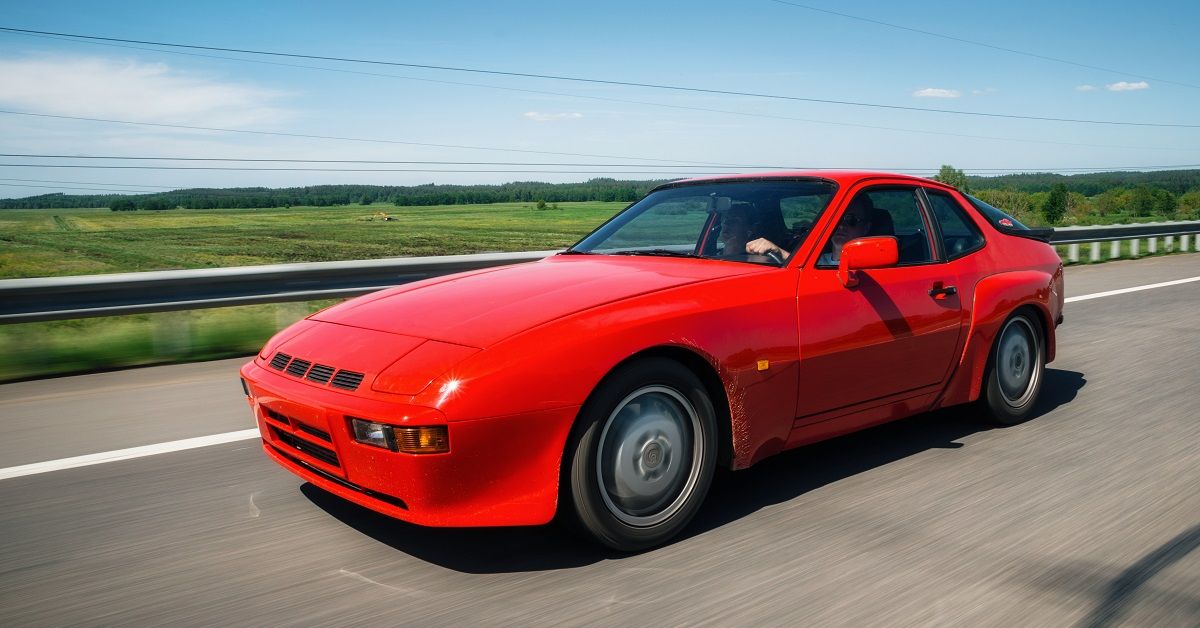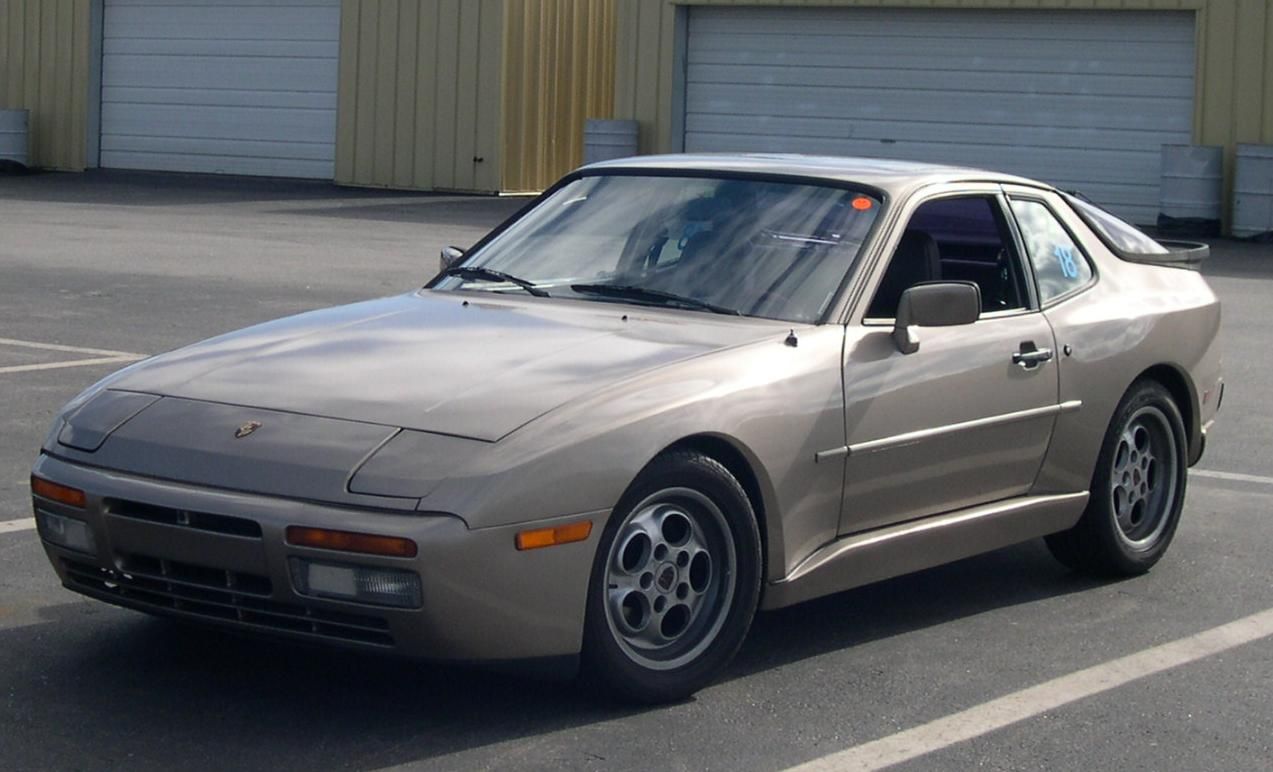Seeing an LS-swapped sports car from the 1980s is like seeing a Prius in the city - it happens way too often. The Chevrolet LS series motors are truly amazing, don't get us wrong, but a several-hundred horsepower increase from an LS-swap doesn't always work out well.
One car that is undergoing a record amount of heart transplants is the Porsche 944, a car that, along with the 924 and 928, saved Porsche as we know it from going under completely. The 944 didn't have the sexiest motor when it debuted, and, long-story-short, Americans did what they have always done; stick an ungodly large V8 onto an unsuspecting old car. However, it wouldn't be a thing if it didn't work, and the common LS-swap is, undoubtedly, a great choice for many.
Chevy LS engines are easy to find, inexpensive to buy, and even cheaper to maintain. They were built with the mantra of power and longevity, resulting in an explosive aftermarket presence and a surge in swaps involving cars of all kinds.
And though it may seem like the perfect antidote for a 150 hp, Porsche 944, it often takes more away from the sports car than it gives. Here's why.
The Porsche Inline-Four Suits The Car
We can assume that most of the LS-swapped 944s are base models or junked "S" models (one step up from the base trim). There are conflicting horsepower figures for the base 944, but every stat we could find averaged around 150 hp, give or take a few ponies. In 1985, Porsche launched the 944 Turbo, which put out a staunch 220-ps, or around 217 hp.
While neither of those figures sounds like much, they weren't slouches at the time. In fact, one of the greatest rally cars of all time and THE hot hatch for the ages, the Lancia Delta Integrale, made just 165 hp when it was still called the HF 4WD. And at its highest point, under the name "Delta Integrale Evoluzione II," it made just 212 hp; five fewer horses than the '85 944 Turbo.
This numbers game can get tiring, though, and what really matters is how the various 944 engines suited the cars themselves. There were 2.5, 2.7, and 3.0-liter versions of the 944's inline-four, which started from 150 hp and made it all the way up to 247 hp in the '88-'91 Turbo S models. And contrary to many enthusiast views, the period reviews loved each and every one.
Not only were customers being added to waitlists to buy the popular 944, but journalists also had few qualms and wrote many raving reviews. Car And Driver gave the 944 its award for the best handling car in the world at the time. Mind you, it didn't have an LS.
Not to say that car tastes don't change, of course, but these were professional car reviewers who loved the sub-200 hp 944 like no other. Its meaty engine design and good-for-400ish-horsepower transmission made sure that the driver had mid-range torque for days to swiftly push the car through long sweeping corners.
Coming in at 2,600+ lbs. in base spec and 2,900+ lbs. in Turbo S spec gave the car a nimble feel in tight corners, too. A big heavy LS upfront would throw off its factory 50/50 weight distribution and leave you with some additional work to do.
"Additional Assembly Required" For The Porsche 944
Giving any car an engine it wasn't designed for usually entails a whole lot more than you bargained for. For example, if we put a 400 hp LS6 small-block in the engine bay of our 944, we would be putting around 460 lbs of mass on top of the front wheels where our sub-350 lbs four-cylinder used to be.
Slamming an extra hundred pounds in the 944's chest would do several things. First, our perfect weight distribution goes out the window and will likely result in more oversteer (i.e., less weight in the back). Secondly, we would need to find new performance shocks that can support the additional weight, not to mention a new radiator, steering box changes, and possibly more cross member support. Lastly, you have to hope that your stock Porsche transmission doesn't end up in a million pieces in the middle of the freeway.
If we're talking about transmissions, we also should mention that the 944 uses a transaxle, meaning the gearbox is in the back. Once your stock tranny explodes, you may need to get a chevy transmission that bolts right up the engine instead of the transaxle. This would mean shifting even more weight to the front and spending more money for a drive shaft that fits.
Market Values Are Starting To Matter
We understand the fervent desire to put an LS into a dying car, and if you find a clapped-out 944 with no hopes of restoration, there is nothing wrong with enjoying a lightweight V8 coupe. But like all old Porsches, even with the 924 and 914, value continues to rise. And especially for stock examples.
A sub-100,000-mile 944 with no body damage used to cost 3,500 bucks for those who wanted one. But now? They can go upwards of $8,000 if they're in excellent shape. For instance, a Gold Metallic 944 sold for $8,275 on Bring A Trailer, and it was only a base model!
That auction took place in 2019, meaning market values may have gone up even further from an example like the aforementioned one.
If you have a stock 944 and plan on swapping in an LS, it doesn't hurt to think about keeping it stock for a few years while prices go up. The car gods have a funny sense of humor when it comes to popular cars. One month, a 2005 Ford GT will sell for $250,000, and the next month it will be resold for $450,000. And before you ask, we don't know exactly why either. Sometimes market prices just change more quickly than expected.
The point of our argument doesn't come down to money, though; it comes down to the experience of driving a Porsche built in the golden era of automotive engineering. 944s are becoming rarer as time passes. Often, they sit under tarps, grow mold and, even receive ill-advised LS-swaps from those who haven't taken the time to enjoy a true automotive legend for what it is. So, we say, keep the 944 as it is.




.jpg)